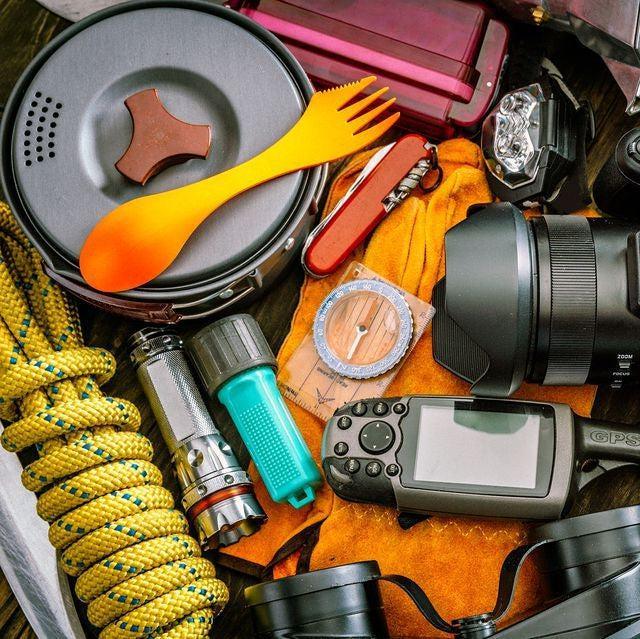CB radios are inexpensive, rugged, mobile, and widely available, making them well-suited to use as a SHTF communication system. However, most factory-build CBs only transmit between 4 and 12 watts of output power – fine for short distance communications over flat terrain, but often not enough for reliable communications over long distances, in mountainous areas, or during other less-than-ideal conditions. In combination with a good antenna an amplifier can overcome these shortcomings, leaving you with a robust, low-cost backup communication system when other infrastructure fails.
Power Of Different CB Radio Types
CB radios come in many makes and models with different feature sets, including different numbers of channels and modulation modes. Older CBs used a 23 channel system, whereas modern band allocation gives 40 channels. Many newer CBs also have a mode switch that permits switching between AM and upper/lower single sideband (SSB); while this does not give the radio 120 channels as some sellers claim, it does allow each channel to support an upper sideband (USB) and a lower sideband (LSB) conversation.

Power output varies based on the configuration, ranging from a few milliamps at low power settings up to 12W with a single-sideband transceiver at maximum power. The amount of RF power that is actually emitted also depends on the antenna, coax cable, and ground used – mismatched impedances, lossy feedline, and poorly tuned antenna can all reduce the effective power output, but a well-thought-out antenna design can be used to direct output power in a particular direction (e.g. up and down a highway you’re driving on).
Legality
In the United States the CB radio service is regulated by the FCC, which inspects samples of mass produced radio models sold in the country and applies licenses to the radios themselves, not the operators. Certified radios are supposed to limit output power to 4 watts for AM transmission and 12 watts for SSB transmission; modifications to transceivers, or the use of external amplifiers are – technically – in violation of these regulations and subject to penalties. In reality CB radio operators all over the US use amplifiers regularly; the FCC lacks the enforcement capability to stop almost any of them, unless they are creating significant interference with sensitive equipment and/or broadcasting music. Using an amp/transceiver combination that produces a clean signal, and being a courteous operator, will go a long way towards keeping you out of trouble.
The amateur radio service, on the other hand, has a tiered licensing system that grants hams access to many more bands than CB and permits a maximum power output of 1,500 watts, in exchange for the additional training, knowledge examination, and paperwork associated with the license. That said, hams regularly make contacts with just a few watts of power (or less) and those that do use higher power transceivers often find they don’t need more than 100 to 200 watts to make casual contacts. Many CB operators choose not to get a ham license for various reasons, and this is perfectly fine. If you want to invest in a high-powered amplifier for your CB radio because you are serious about SHTF communications, it’s worth looking into ham radio because it will improve your experience (though the equipment is generally more expensive).
Amplifier Types
Amateur HF and CB radio transmitters with an AM or SSB signal are generally paired with class A linear amplifiers to alleviate the distortion issues associated with other amplifier classes. Users generally have a choice between solid state and tube-type amplifiers, with solid state amps used for intermediate power and tube-type amps used for high to extremely high gain.

Not all transmitters and antennas are suited to all amplifiers, however, as some transmitters can be set to gain high enough to damage an amplifier and many antenna systems have a power output limit before they overheat.
Operating Guidelines

Adding an amplifier to the system does not change how the transceiver operates, except that precautions need to be taken to reduce the audio and RF gain appropriately on the transceiver end. Use only as much power as you need to communicate clearly. Minimizing output power while maintaining a reliable contact is important in a SHTF scenario, where your electricity supply may be limited. Most amplifiers are designed with a duty cycle that specifies how long the amp can transmit at a given power setting as a fraction of the time it is operating; neglecting the duty cycle can overheat components and cause them to fail. Remember also that the ionosphere changes at night such that HF signals tend to propagate much, much farther than during the day; you will probably not need your amplifier in the evening.



